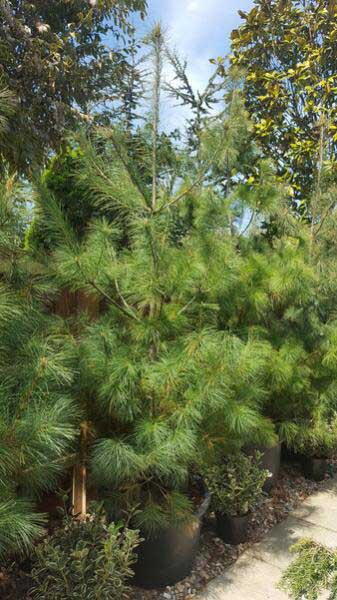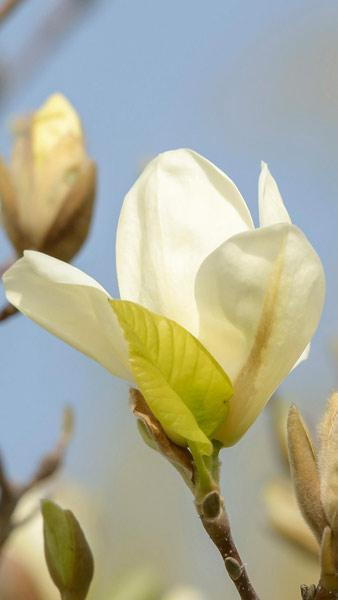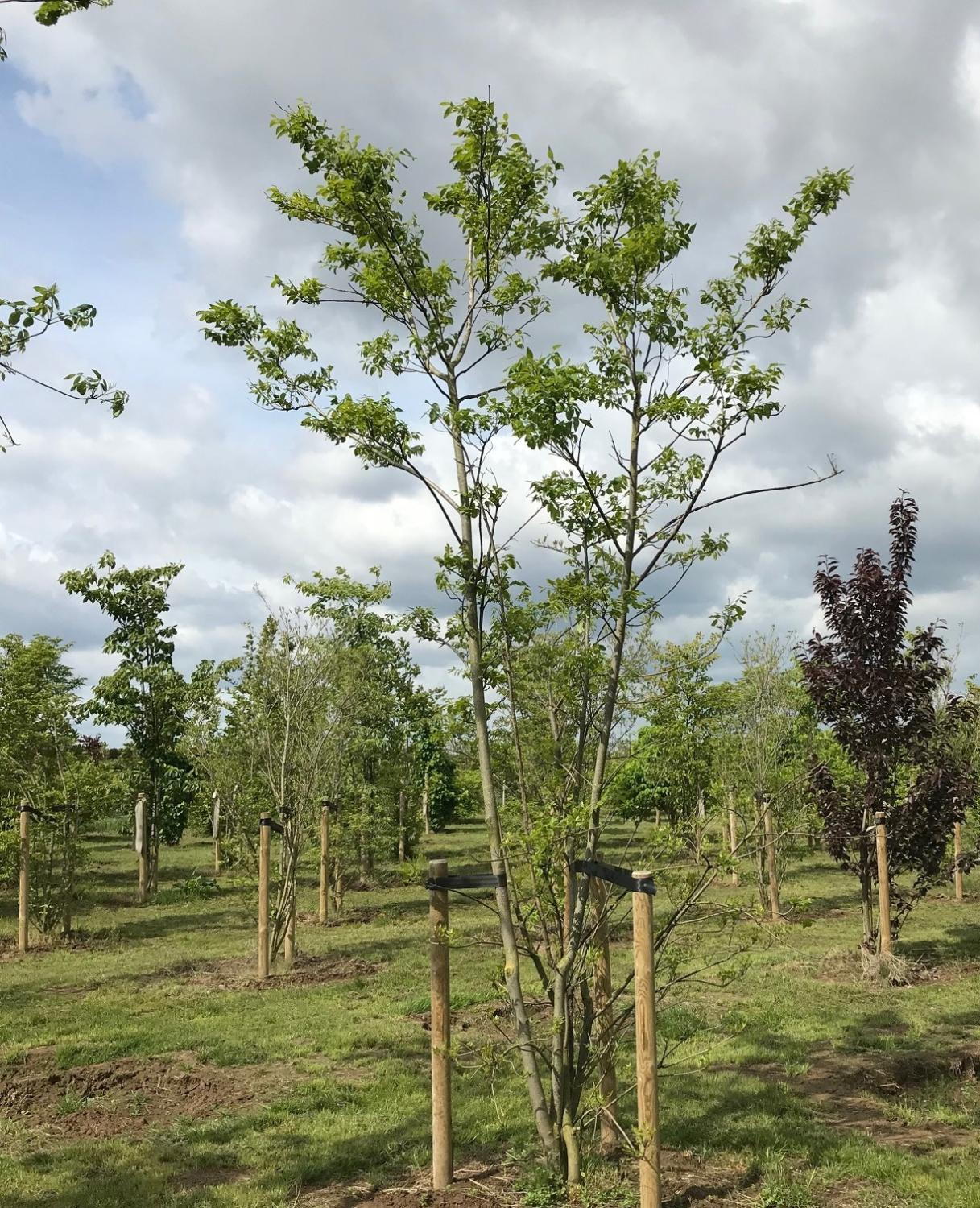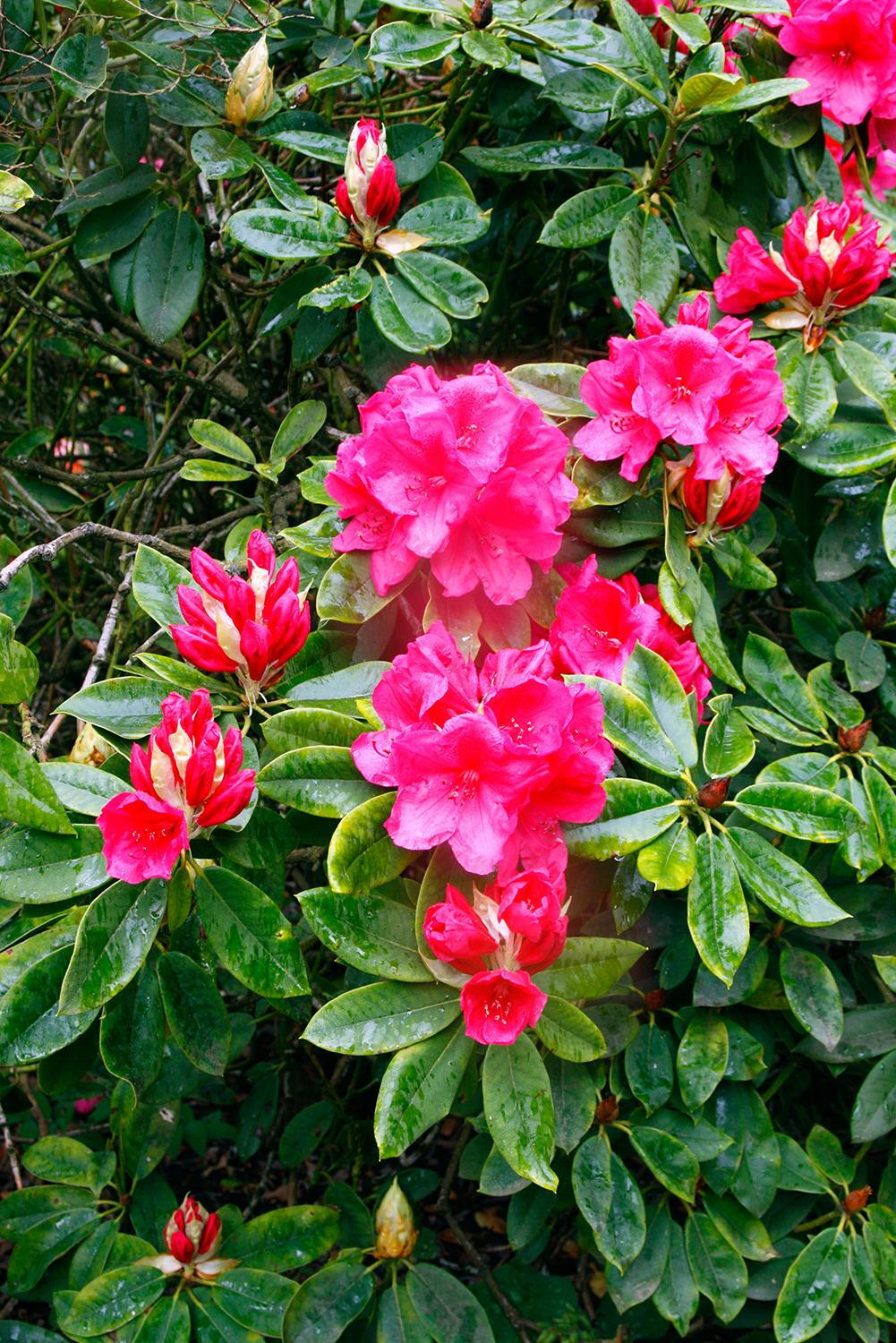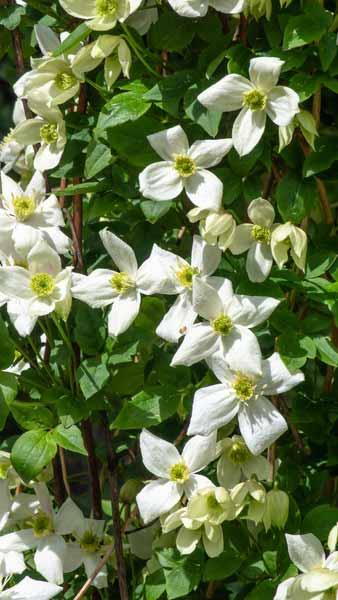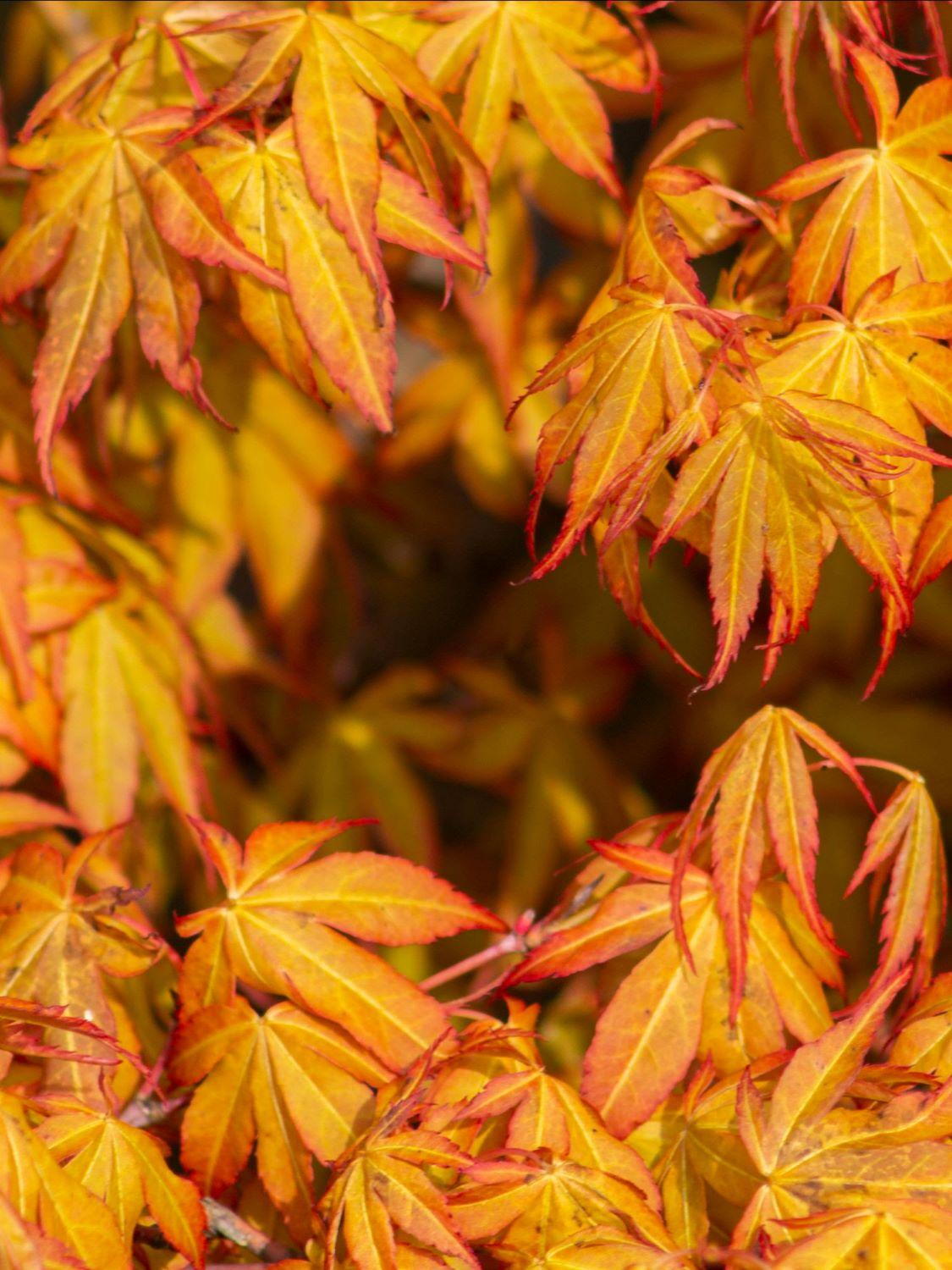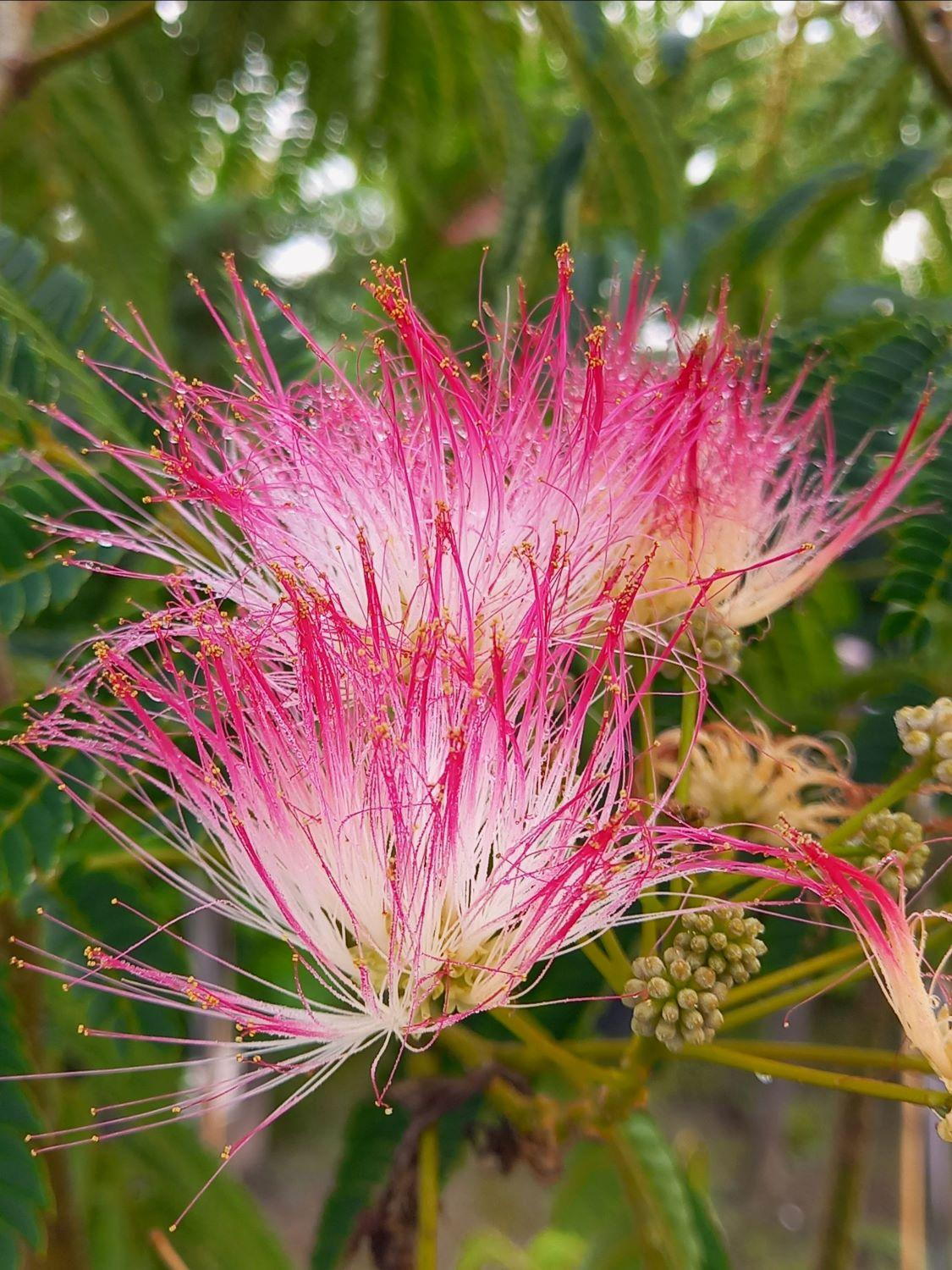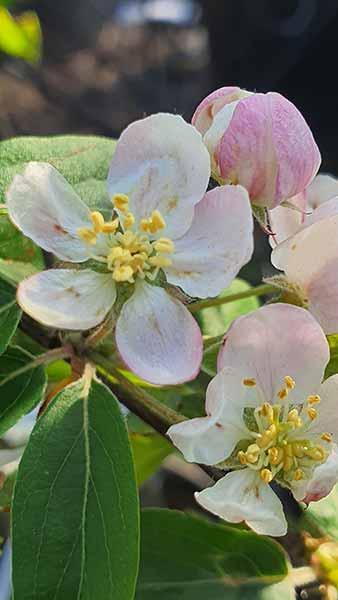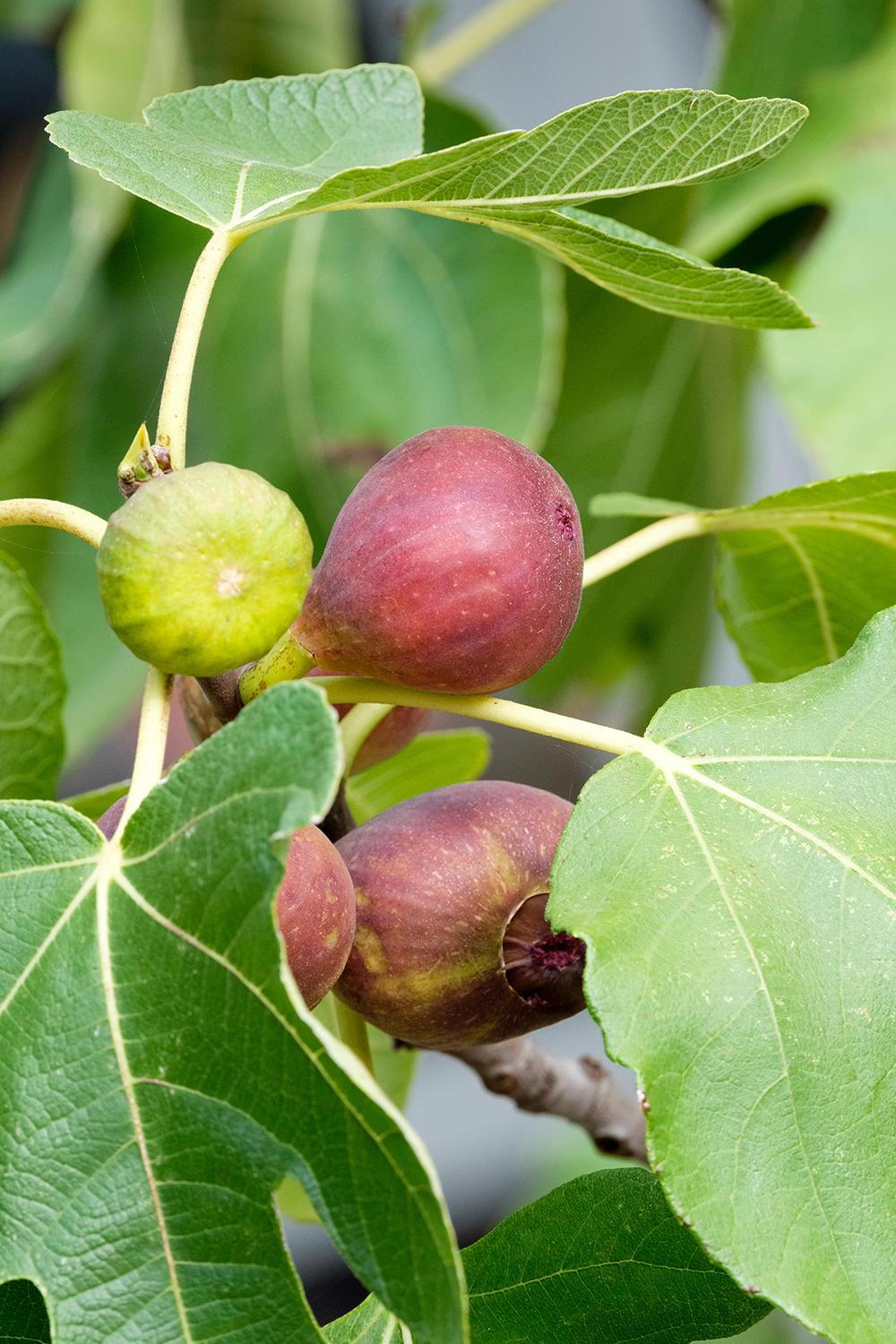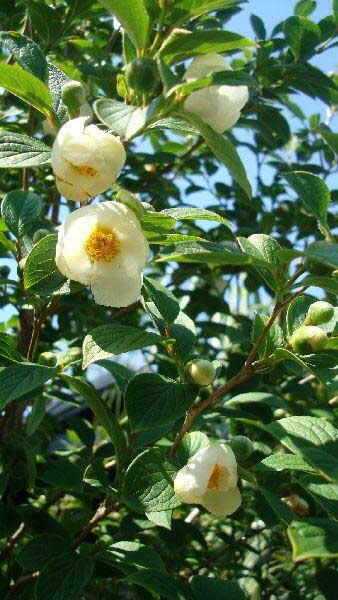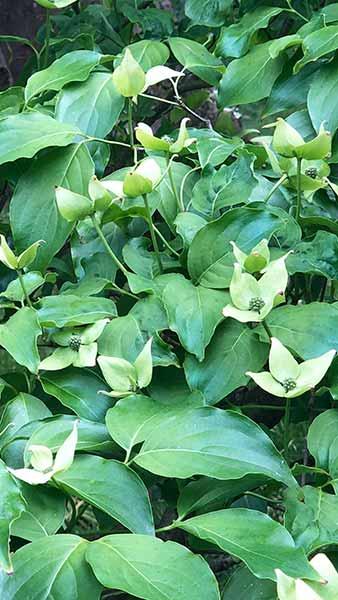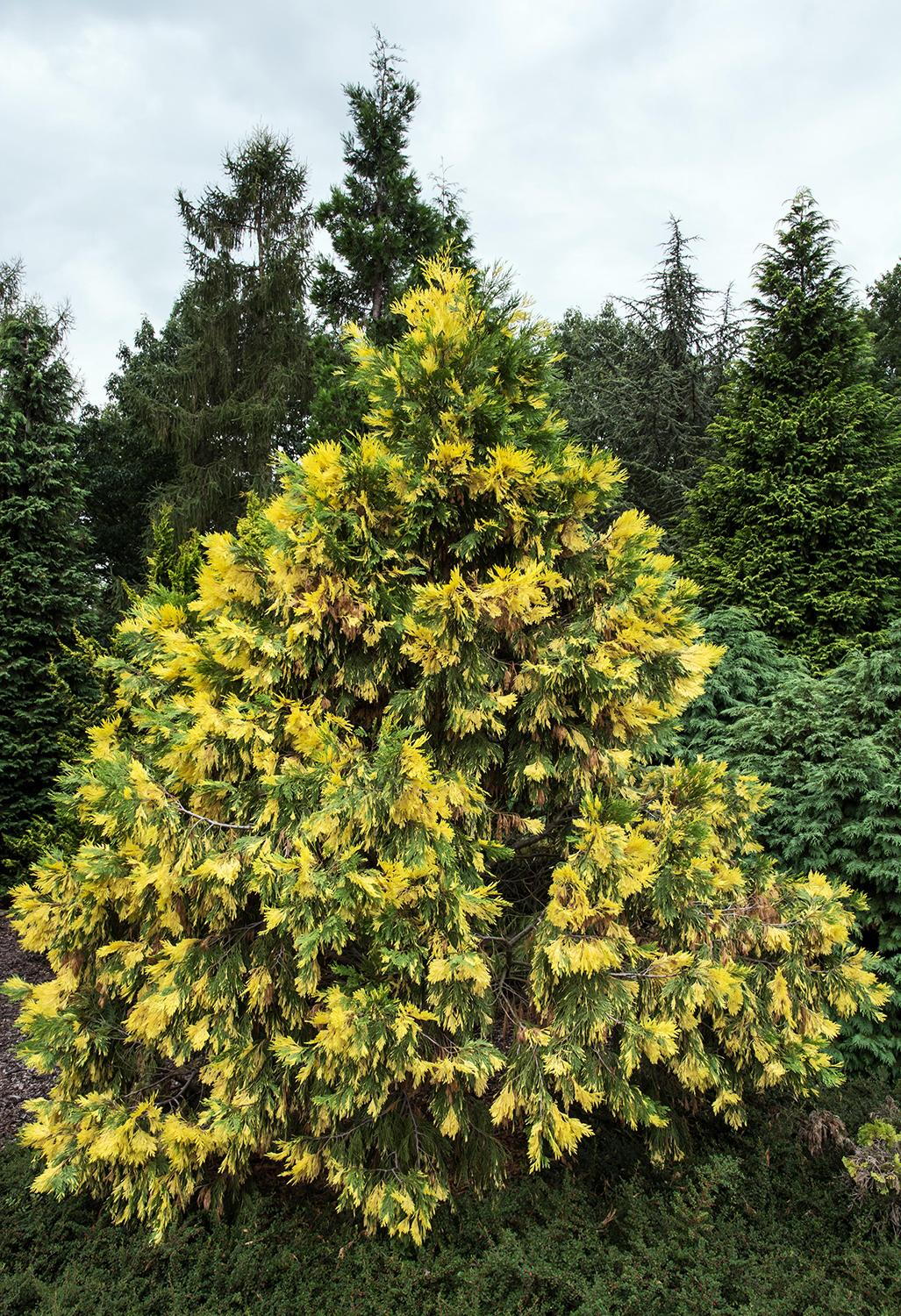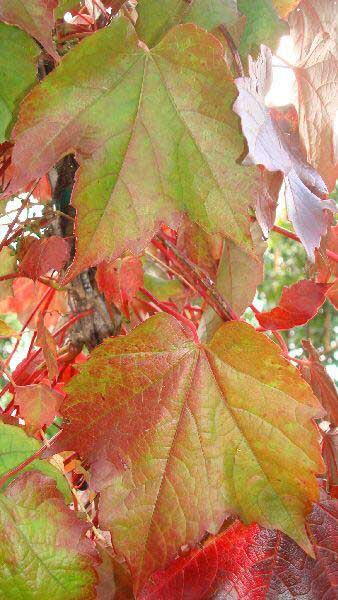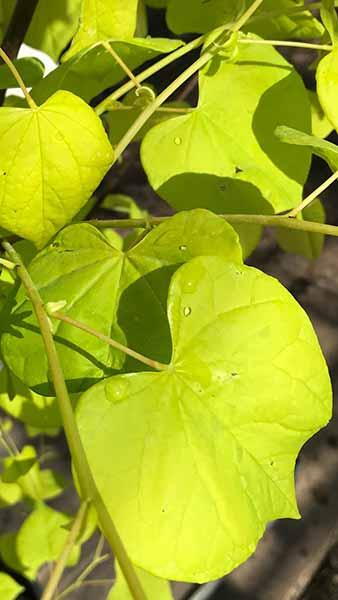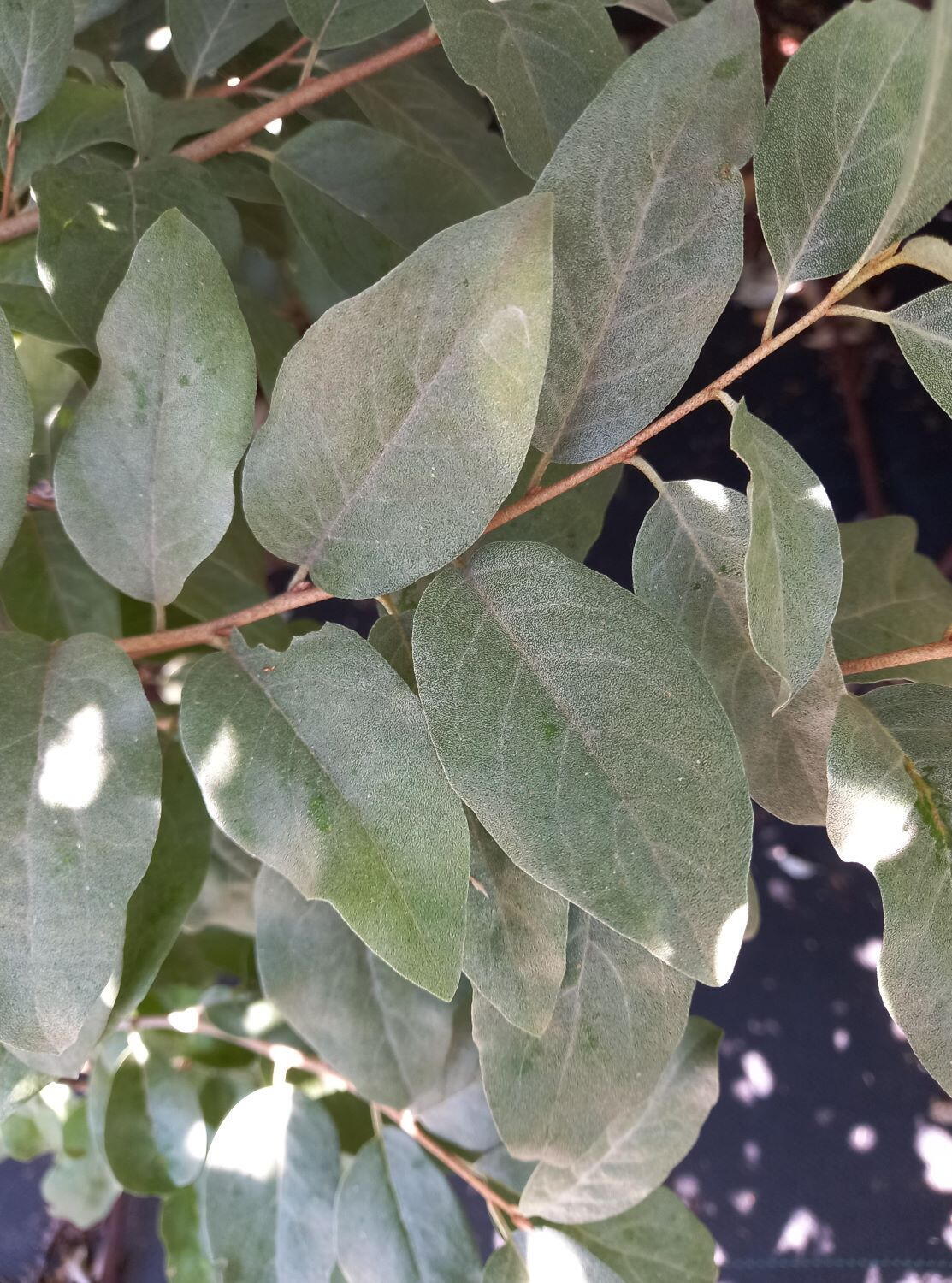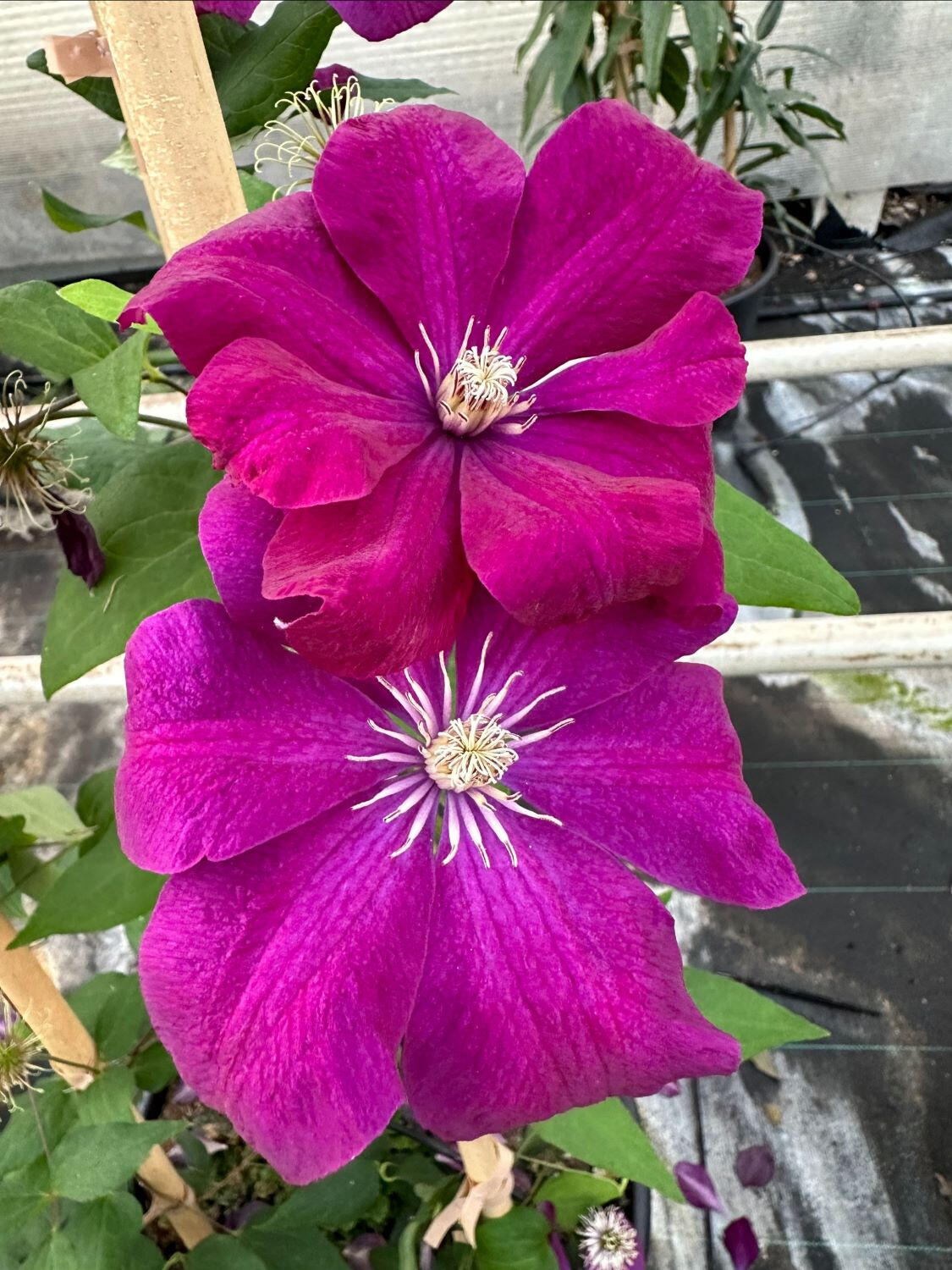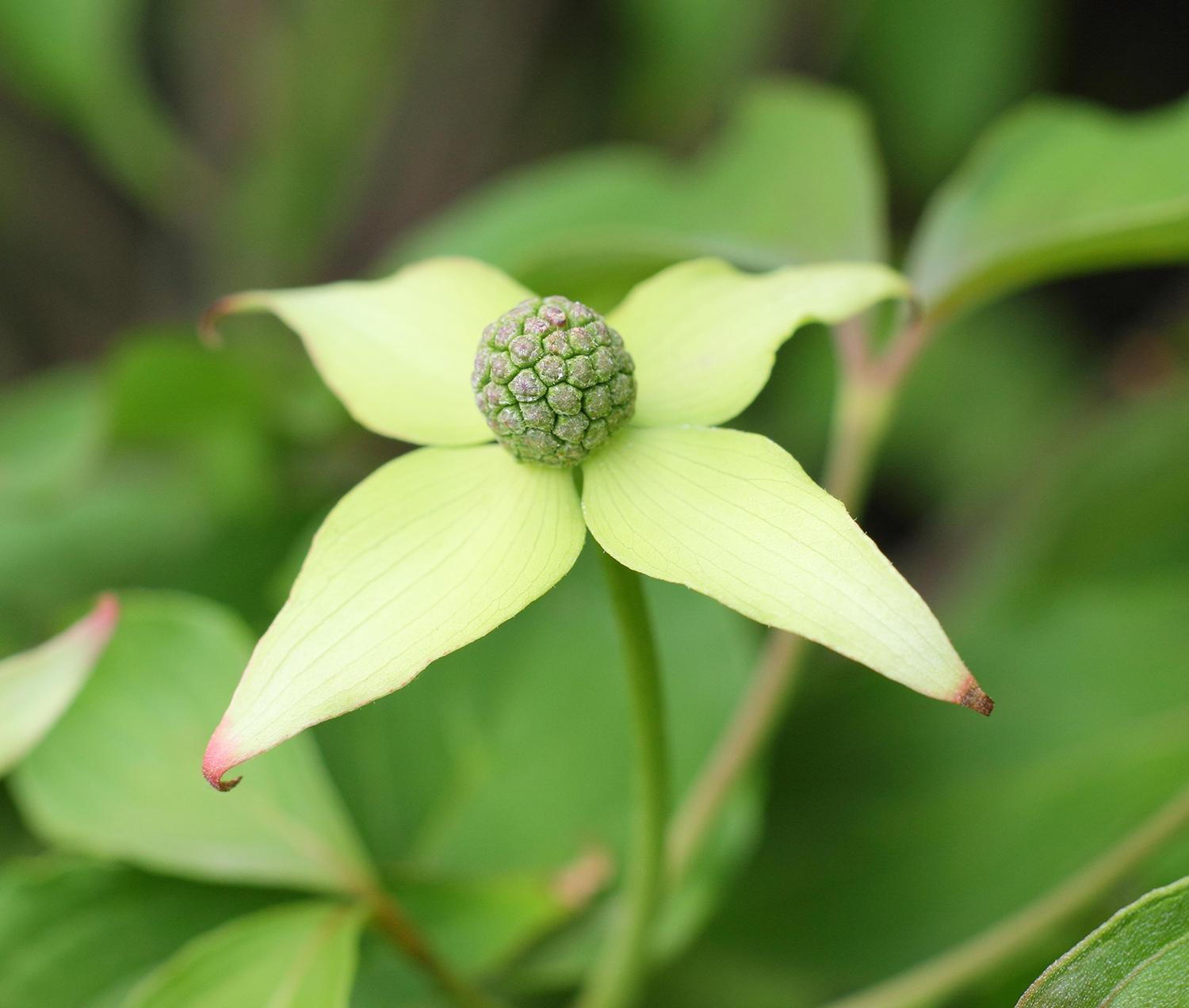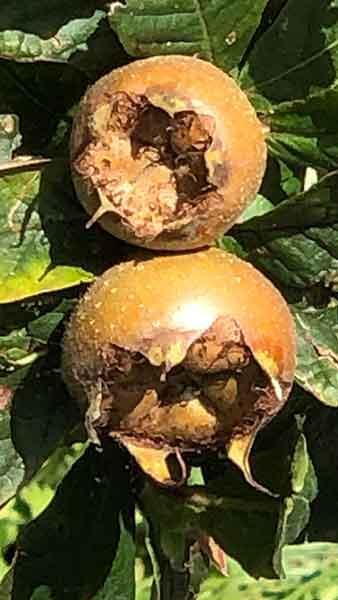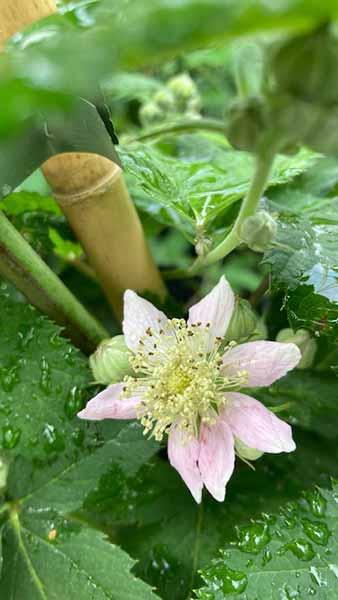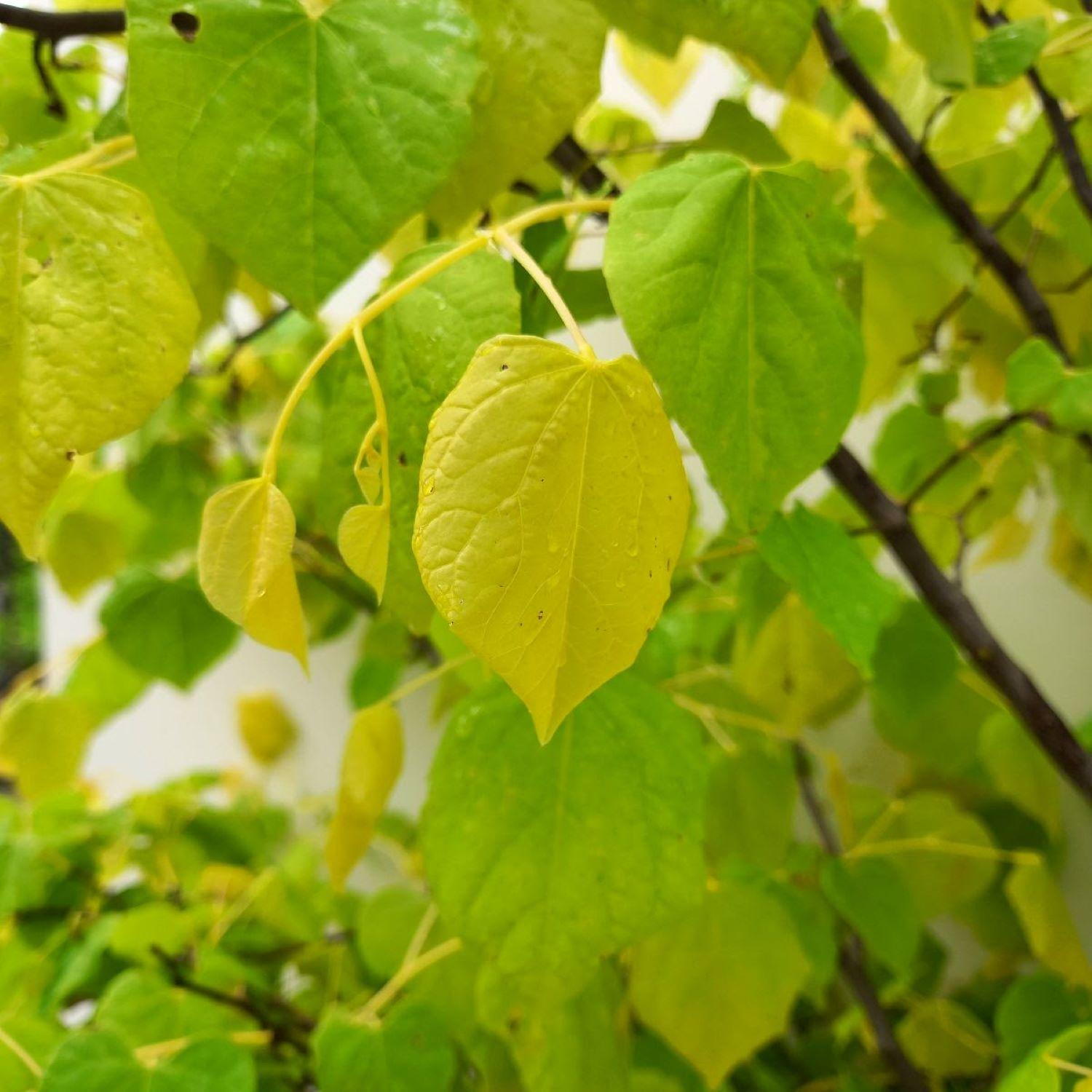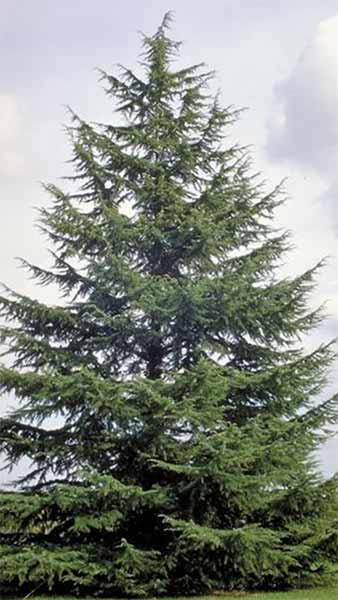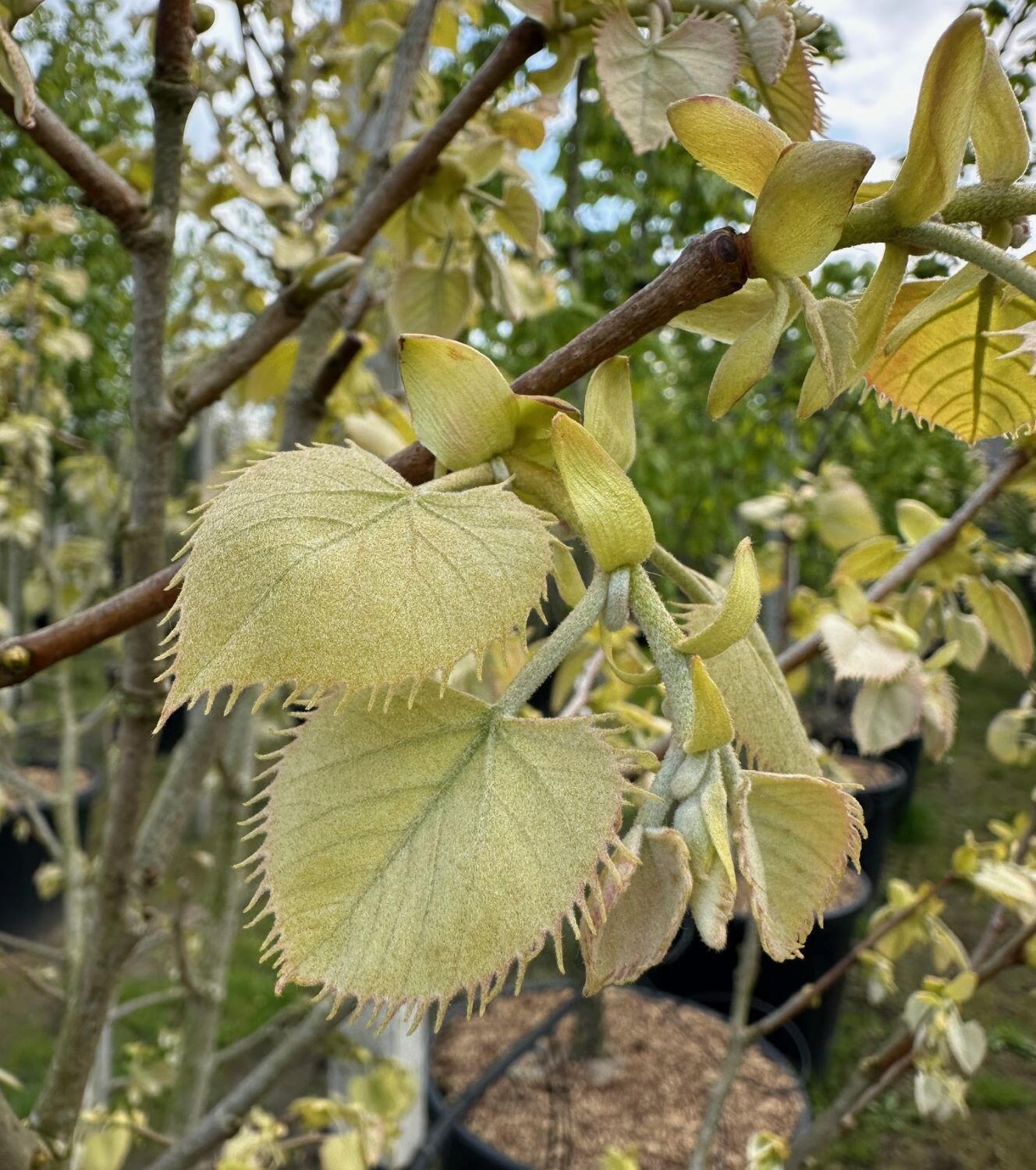Tilia Henryana or Henry’s Lime Rare Deciduous Lime Tree
Tilia Henryana, commonly known as Henry’s Lime, is a rare and exceptionally beautiful deciduous tree prized for its graceful form, striking foliage and richly fragrant flowers. Native to China and still relatively uncommon in cultivation, this handsome lime tree makes a superb choice for large gardens, parks or arboretums where its ornamental qualities can be fully appreciated. With soft, bristle-edged leaves that emerge flushed with red and mature to a bright green, followed by creamy-white, nectar-rich flowers, Tilia Henryana brings multi-season interest and is especially attractive to pollinators.Henry’s Lime is a large, broadly spreading deciduous tree with a gently rounded canopy that casts a dappled shade. One of its most distinctive features is the foliage – broadly ovate leaves, up to 13cm long, that are softly hairy on both surfaces and edged with fine, bristle-like teeth. When the leaves first emerge in spring, they often carry a flush of coppery-red, gradually maturing to a fresh mid-green through summer, before turning warm yellow in autumn.In late summer and into early autumn, Tilia Henryana produces clusters of creamy-white flowers held in pendant sprays. These blooms are highly fragrant and rich in nectar, making the tree a magnet for bees and other pollinators. Its late flowering time – much later than most lime trees – provides a vital source of food for insects when few other trees are in bloom. As such, it proudly holds the RHS Perfect for Pollinators badge.Height and Width of Tilia HenryanaTilia Henryana is a long-lived and slow to moderately growing tree that can eventually reach heights of up to 25 metres, with a similar spread of 15 to 20 metres once fully mature. While it may take many years to achieve this stature, its elegant form and ornamental value make it well worth the wait. In younger trees, the growth habit is upright and graceful, becoming broader with age.How Hardy is Henry’s Lime?Tilia Henryana is fully hardy across the UK and suitable for most regions, including colder inland areas. It tolerates frost, snow, and urban conditions with ease, and is generally untroubled by pests or diseases. However, it prefers a sheltered position in full sun or light dappled shade, and is best planted away from exposed, wind-blown sites.Uses in Garden and LandscapeThis rare lime tree is best suited to larger gardens, parkland settings, or as a specimen tree in lawns and open spaces where it has room to develop its full, graceful shape. Its beautiful foliage and scented blooms make it ideal for inclusion in wildlife-friendly planting schemes, and its striking seasonal transitions provide strong visual interest from spring to autumn. It is an excellent alternative to more commonly planted limes where something more unusual and decorative is desired.Care TipsHenry’s Lime thrives in deep, fertile, moisture-retentive soil with good drainage. It will tolerate a wide range of soil types including clay, chalk and loam. While it is relatively low-maintenance once established, watering during dry spells in the early years will help encourage strong growth. Minimal pruning is needed – simply remove any dead, damaged or crossing branches during the dormant season if required.Origin and Distinctive FeaturesTilia Henryana was first introduced to the West from China in the early 20th century and remains a rare specimen in the UK. Compared to other lime species such as Tilia europaea ‘Euchlora’ (Crimean Lime) or Tilia platyphyllos (Broad-Leaved Lime), Henry’s Lime is more refined in appearance and flowers significantly later in the season. It also lacks the over-vigorous growth or root suckering that can be an issue with more common lime varieties, making it more suitable for refined landscape settings.For gardeners seeking a graceful, pollinator-friendly tree with unique visual appeal, Tilia Henryana – Henry’s Lime – is a truly standout choice.

